Australian Gold Rush Teaching Resources
Browse Australian Gold Rush worksheets, Google teacher slide templates and more resources created by teachers for teachers like you. Each resource is aligned with the Australian HASS curriculum and designed to save you time as you build your lesson plans.
But we didn't stop there. Whether this is your first year teaching about the Australian gold rushes or you're just looking for a refresher, read on for a primer from our teacher team, including a handy gold rush timeline and fun facts to share with your students.
When Was the Australia Gold Rush?
The gold rushes of the 1800s had a significant impact on Australia as a nation, drawing people from all over the world, many whom stayed and became permanent residents.
But what started the rush in the first place, and when did it all happen?
Here's a look at a timeline that can help you shape your lesson plans and explain this question to your students:
- 1823 — Rumour has it the first gold was actually found in Bathurst in New South Wales in 1823, but the local people were able to keep the discovery quiet for more than two decades!
- 1851 — The gold rush officially started in 19851 when gold was discovered in New South Wales by a miner named Edward Hargreaves. More gold was found soon after in Ballarat, Victoria, and the news spread like wildfire overseas.
- 1853 — Two years after the first major gold discovery, officials in Victoria decided to begin imposing a miner's fee which required prospectors to acquire a license. This was the start of a rift between the miner's and the local authorities.
- 1854 — A year after the licensing fee requirements began, tensions boiled over between the two sides. The result was the Eureka Rebellion, an armed confrontation between miners and government officials in Ballarat.
- 1890s — Although gold discoveries slowed in the years after the Eureka Rebellion, they didn't end entirely. Gold was still being found, with more significant discoveries in places like Kalgoorlie in Western Australia in the 1890s.
4 Fun Australian Gold Rush Facts for Kids
Are you looking for some fun facts you can use to hook your class on this era of Australian history? Look no further! We've put together some facts sure to get kids' attention!
- There's no way to tell just how much gold was found over the years of the gold rush, but it's estimated miners found as much as 240 metric tonnes!
- The Welcome Stranger, a gold nugget discovered in 1869 in Victoria, is the largest nugget ever found anywhere in the world. It was found by Cornish miners and weighed approximately 72 kilogrammes. The nugget was worth about 10 000 British pounds. That's about $3 to $4 million in modern AUD.
- Miners came from as far away as the United States, Poland, Germany, Ireland and China, hoping to strike gold and get rich here in Australia.
- It's estimated that half a million people rushed to the goldfields to pan for gold.
- Plus Plan
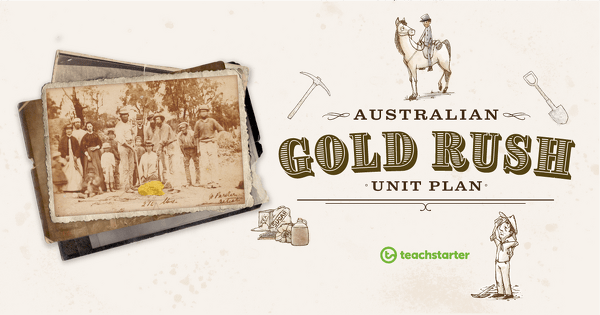
Melting Pot – Exploring the Cultures That Made the Australian Gold Rush
A 60-minute lesson about the influence different cultures had on Australia during the gold rush years, the challenges newcomers faced, and how they made Australia what it is today.
- Plus Plan
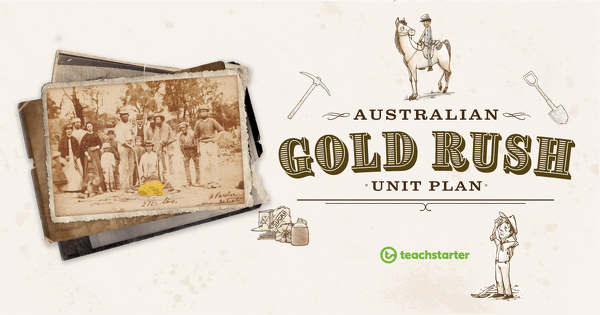
First Nations – Aboriginal and Torres Strait Islander Involvement in the Gold Rush
A 60-minute lesson in which students explore the impact the Australian Gold Rush had on Indigenous peoples.
- Plus Plan
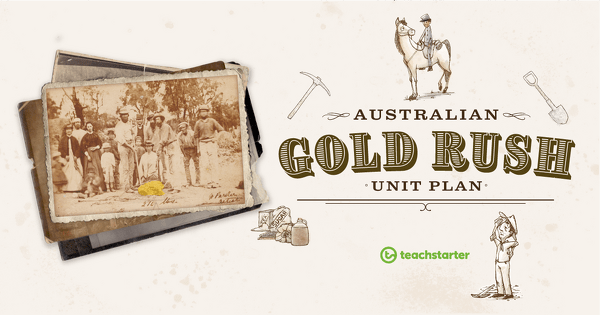
A Golden Democracy – Laws, Taxes and Voting Equality
A 60-minute lesson designed to explain how events during the gold rush influenced Australian laws, taxes, equality and voting rights, and how they shaped our current democracy.
- Plus Plan

A Digger's Life – Exploration of Life on the Goldfields
A 60-minute lesson in which students learn about the working and living conditions of miners on the Australian goldfields.
- Plus Plan
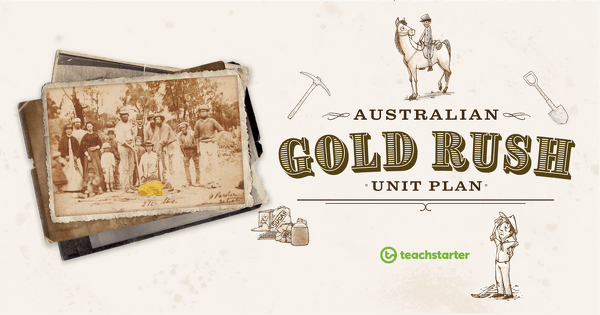
Gold Fever - Kick Starting the Australian Gold Rush
A 60-minute lesson in which students learn about the discovery of gold and initial phases of the Australian Gold Rush.
- Plus Plan
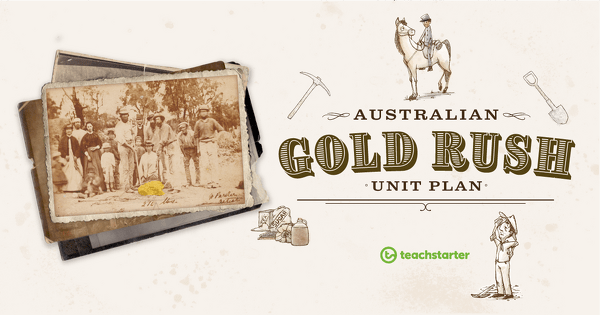
Gold – Defining It
A 60-minute lesson in which students will learn what gold is and how it helped shape the currency we use today.